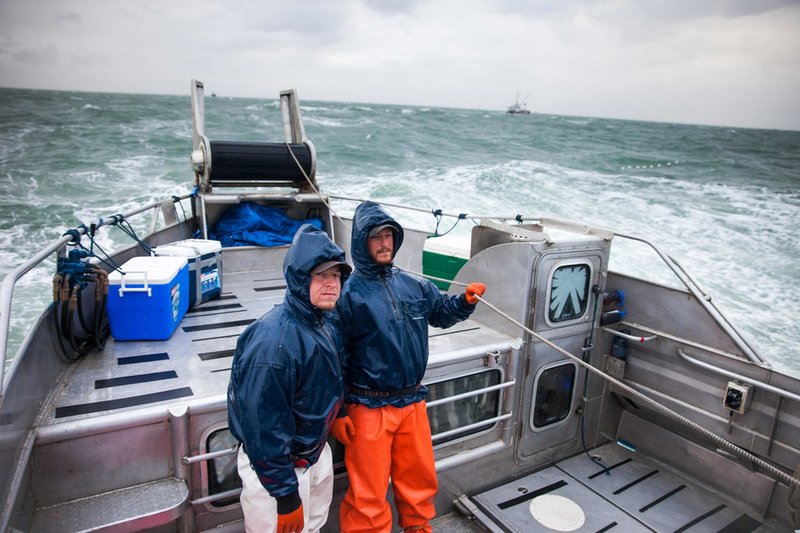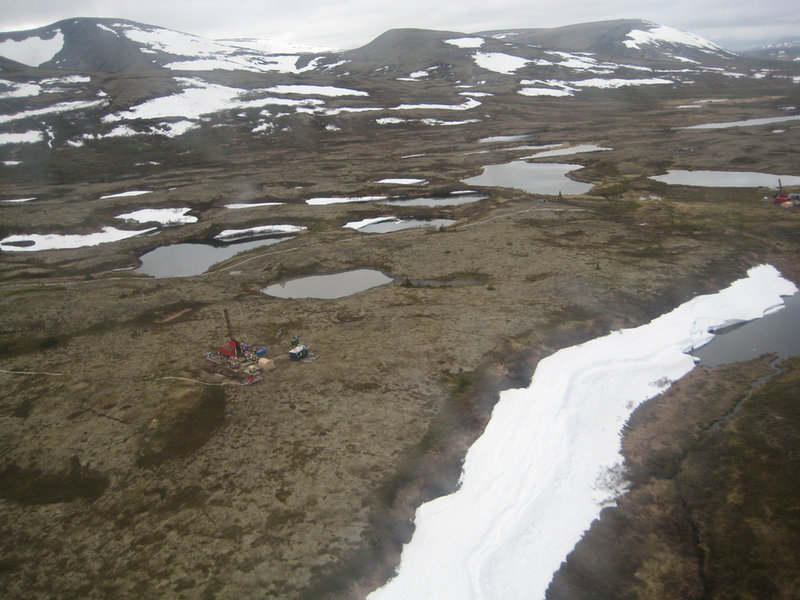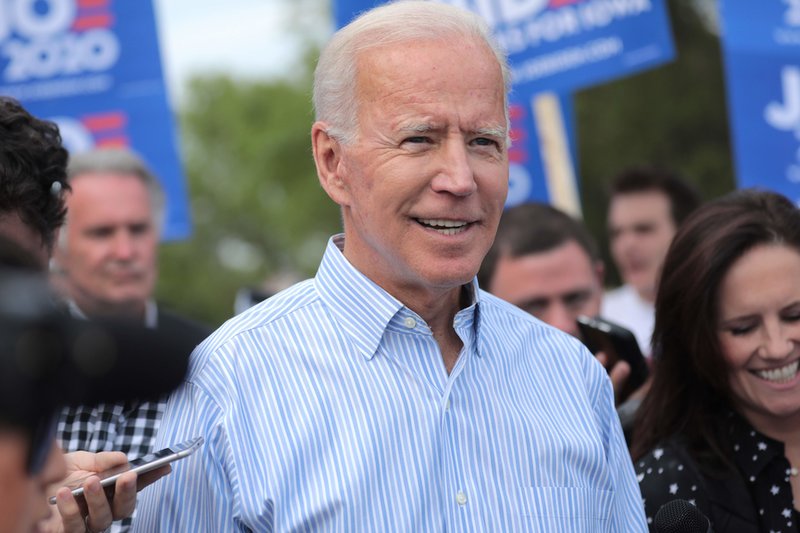
PROJECT INSIGHT
Has Alaska’s Pebble Mine project reached the end of the road?
South-western Alaska’s Pebble deposit holds world-class resources of copper, gold, silver, rhenium, and more, but the project to develop it has been mired in controversy for years. Chris Lo asks, what are the key points of contention in the Pebble Mine debate?
The Pebble deposit in the US state of Alaska was originally discovered in 1988 by Cominco Alaska, and has been described by its current developer Northern Dynasty Minerals (through its wholly owned subsidiary the Pebble Limited Partnership, PLP) as “one of the greatest stores of mineral wealth ever discovered, and the world’s largest undeveloped copper and gold resource”.
The most recent resource estimate at the deposit includes 57 billion pounds of copper, 71 million ounces of gold, 3.4 billion pounds of molybdenum and 345 million ounces of silver in the measured and indicated categories, while inferred resources include an additional 25 billion pounds of copper, 36 million ounces of gold, 2.2 billion pounds of molybdenum and 170 million ounces of silver.
Palladium is also present at the deposit, and a Northern Dynasty technical report published in October this year presented findings of 4.2 million kg of rhenium across the measured, indicated, and inferred categories. This adds particular value to the resource as rhenium, alongside 34 other mining commodities, was listed as a critical mineral by the US Department of the Interior in 2018. Deemed essential to the country’s “security and economic prosperity”, dependence on foreign imports for these minerals is considered a “strategic vulnerability for both its [the country’s] economy and military”.
Despite the wealth of precious and strategic minerals at the Pebble deposit, which lies on state-owned land in south-west Alaska, north of Iliamna Lake and south-west of Lake Clark National Park and Preserve, Northern Dynasty and PLP’s efforts to develop the site into an operational open-pit mine have been mired in controversy and uncertainty.
The wider discussion around the mine’s permitting has drawn opinions from across Alaska and the US, taking in environmental activists, recreational anglers, the US’s main political parties and, ultimately, both of those parties’ presidential candidates in the recently held US elections. With the project’s fate hanging in the balance, what are the key points of contention in the Pebble Mine debate?
Pebble’s embattled development journey
The underlying issue with PLP’s mine development efforts at the Pebble deposit lies with its unique Alaskan location, and the surrounding area’s existing environmental, economic, and cultural value. The proposed Pebble Mine site falls within the wider Bristol Bay watershed, which provides habitat for hundreds of species of birds, mammals, and fish, including all five species of Pacific salmon found in North America.
Themost populous salmon species in the watershed is wild sockeye salmon, with around half of the world’s supply coming from the Bristol Bay area. This commercial fishing activity employs thousands of workers and, according to 2010 data, generates around $1.5bn in economic value for the region.
This commercial fishing activity generates around $1.5bn in economic value for the region.
These wild salmon stocks are also an essential source of subsistence for the 25 Alaska Native communities that reside around Bristol Bay; salmon represent more than half of the local subsistence harvest, which in itself (including moose and other sources) accounts for 80% of the protein consumed by local residents. Even beyond Alaska, Bristol Bay is renowned nationwide as a sport-fishing spot, with its freshwater fisheries accommodating around 37,000 fishing trips a year, a third of which come from outside of Alaska.
For these reasons and others, environmental activists and other critics have been campaigning to halt the development of Pebble Mine since Northern Dynasty optioned the Pebble property from Teck Resources (at the time operating as Teck Cominco) in 2001. Exploration of the region – in 2005 the company discovered a higher-grade mineralisation zone, which was dubbed Pebble East - has done little to calm the concerns.

Fishing activity in the region is worth more than a billion dollars, and may be placed at risk by Pebble.
Image: Chris Ford
Fears of environmental damage
The main arguments made against proceeding with the Pebble Mine relate to the destruction of streams and wetlands, and the environmental risks involved in managing the mine’s tailings. Fears of environmental damage have also been stirred by talk of a natural gas pipeline to power the mine and new roads to transport ore and equipment, as well as the proposed new Amakdedori port facility on the western shore of Cook Inlet.
These arguments were enough to sway the project’s key mining investors to divest from the project.
These arguments – perhaps among other concerns – were enough to sway the project’s key mining investors to divest from the project, with Anglo American and Rio Tinto pulling out in 2013 and 2014 respectively, and First Quantum Minerals withdrawing in 2018. In 2014, under the Obama administration, the US Environmental Protection Agency (EPA) concluded a three-year study of the region, finding that fish populations would be negatively affected by mining both “directly in the area of mine activity and indirectly downstream because of habitat destruction”.
Subsequently, the agency proposed changes to the Clean Water Act around mine waste disposal, which would have made it almost impossible for the project to proceed. Northern Dynasty legally contested the proposed determination.
2016: the Trump card
But with the election of President Donald Trump in 2016, after running a strongly pro-extractive campaign that made extravagant promises to put US miners “back to work”, the project’s fortunes looked set for a reversal. Under Trump, the EPA and Northern Dynasty settled the legal challenge over Bristol Bay’s additional protections in 2017, paving the way for Northern Dynasty/PLP to proceed with the Pebble permitting process, much of which has come to a dramatic head in 2020.
If it hadn’t been for the election of Trump, I firmly believe this project would have been dead in 2017.
"Ifithadn’t been for the election of Trump,I firmly believe this project wouldhave been dead in 2017,” Natural Resources Defense Council western director and senior attorney Joel Reynolds told OutsideOnline in October. “But Trump breathed new life into it.”
PLP submitted a new mining plan to the US Army Corps of Engineers (USACE) in December 2017 with “substantial improvements” according to PLP chief executive Tom Collier. The improvements included a scaled-down vision for a 20-year mine life and a halving of the project’s footprint, in an attempt to assuage critics’ environmental concerns.

The Pebble mine site has raised significant environmental concerns, though received support from the Trump administration. Image: Melissa Blair, NPCA
Controversy and confusion in 2020
In summer 2020, USACE published its final environmental impact statement (FEIS) for the new Pebble mining proposal, which broadly confirmed the corps’ conclusions from a draft of the document leaked earlier in the year. The FEIS concluded that “impacts to Bristol Bay salmon are not expected to be measurable” as a result of the project’s development and ongoing operations, and “there would be no effects on any community groundwater or surface water supplies from the changes in groundwater flows at the mine site”.
The statement also highlighted some of the socio-economic benefits of the project for the surrounding region, including reduced transport and heating costs and the creation of 2,000 direct and indirect jobs.
The FEIS describes a project of considerable merit that will fully protect important environmental values in the project area.
"Ican confirm that [the FEIS] describes a project of considerable merit that will fully protect important environmental values in the project area, that will create tremendous benefits for Alaska’s people and governments, and one we expect to secure a positive Record of Decision later this summer,” noted Northern Dynasty CEO Ron Thiessen in July.
Elsewhere however, the project remained mired in controversy. The sources ranged from criticism of the scientific basis behind the USACE FEIS’s positive conclusion to an attack on the project’s economic viability by short-seller J Capital Research – which Northern Dynasty described as “fatuous, flimsy, and fundamentally self-serving” – and scrutiny over the project’s big-spending lobbying efforts in Washington.
The ‘Pebble Tapes’
Inlate September, the Pebble project suffered a public relations blow after activists from non-profit group the Environmental Investigation Agency posed as prospective investors and covertly recorded private conversations with both Thiessen and Collier in August and September.
During these conversations, the mining executives reportedly discussed, among other topics, a desire to expand the mine’s scope far beyond the 20-year life cycle and 180,000-tonne mineral production cited during its permitting process. They also raised the possibility of partnering with others to use the Pebble logistics corridor to develop or activate other mines in the region, including the Donlin gold mine, 175 miles north of Pebble, being developed by Barrick Gold and Vancouver-based Novagold.
Theexecutiveshave argued, justifiably, that expressing a desire to extend the life of a mine through new permitting processes after an initial approval is hardly unusual or controversial in the industry. Nevertheless, the recordings have become a focal point for the project’s critics and their feeling that the current permit application isn’t being pursued in good faith.
PLP head Collier tendered his resignation in response to the release of the recordings.
Indeed, PLP head Collier tendered his resignation in response to the release of the recordings, with former Pebble Mines Corp chairman John Shively stepping in as interim CEO. Collier’s resignation was a result of recorded comments that “embellished both his and the Pebble Partnership’s relationships with elected officials and federal representatives in Alaska”, according to a company press release, for which Northern Dynasty said it “unreservedly apologises to all Alaskans”.
Republican support for the project also now looks less solid than the project might have expected, too. While the Alaska Republican Party threw its enthusiastic support behind the Pebble Mine in August, dissenting Republicans opposing a permit for the mine include both Senators representing Alaska in the US Senate – Lisa Murkowski and Dan Sullivan. Additionally, high-profile Republican commentators such as Donald Trump Jr and Fox News host Tucker Carlson have also expressed deep concerns over the mine’s potential impacts on local fisheries.

President-elect Joe Biden has made clear his negative view of the Pebble Project. Image: Gage Skidmore
Biden election win: closing the book on the Pebble Mine?
On 20 August, USACE sent a letter to PLP as the project inches towards a Record of Decision, requiring the company to set out compensatory measures to mitigate “unavoidable adverse impacts to aquatic resources” as a result of discharges from the project’s mine site, transportation corridor, and port facility. The letter gives the company 90 days to comply with this requirement before USACE can determine whether these mitigation measures are sufficient.
Before this deadline runs out in late November, however, the point may become moot. While President Trump has been taking a relatively neutral line on the project, promising in a tweet that there would be “no politics” involved in the Pebble mine review process, the victory of Democratic candidate Joe Biden in the presidential election on 3 November leaves the project on the brink of cancellation.
Hours after former EPA Administrator Scott Pruitt met with a mining executive behind closed doors, the Trump Administration reversed our thoughtful decision.
Biden has been emphatic in his position on the mine, writing in an August statement: “[Bristol Bay] is no place for a mine. The Obama-Biden Administration reached that conclusion when we ran a rigorous, science-based process in 2014, and it is still true today.
“The only reason we are still debating whether [the] Pebble Mine should move forward is because hours after former EPA Administrator Scott Pruitt met with a mining executive behind closed doors, the Trump Administration reversed our thoughtful decision. Now, Alaskan culture, traditions, and jobs are on the line. As President, I will do what President Trump has failed to do: listen to the scientists and experts to protect Bristol Bay — and all it offers to Alaska, our country, and the world.”
At the end of November, USACE officially denied a permit for the Pebble Mine project, noting that PLP’s proposal “does not comply with Clean Water Act guidelines” and concluding that the mine would be “contrary to the public interest”. Shively told Anchorage Daily News that USACE’s decision represents a “lost opportunity” and the company plans to appeal the decision.
PLP has the option to change its plan and reapply, but with a fundamentally opposed President-elect due to take office on 20 January, it looks exceedingly likely that, two decades after Northern Dynasty started exploring at the Pebble property, this massive and controversial proposal has finally reached the end of the road.